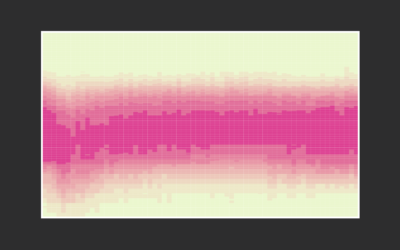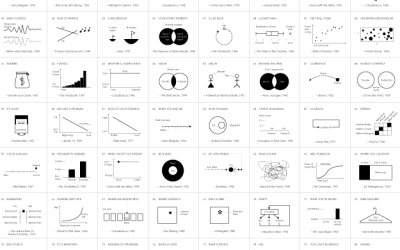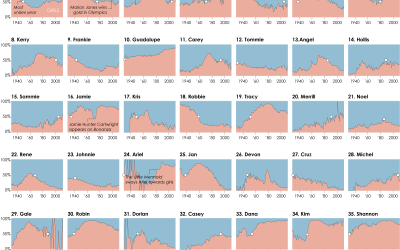Days Without a Mass Shooting
The mass shooting in Las Vegas on October 1 was the worst in modern history. Unfortunately, while of varying magnitude, mass shootings are somewhat regular in the United States.
Based on data collected by the Gun Violence Archive, there was another shooting in Lawrence, Kansas on the same day. As of writing this, three more mass shootings took place since Las Vegas.
The chart below shows the number of days we’ve gone this year without a mass shooting. As a nation, our longest streak ends at only five days.
This of course depends on your definition of mass shooting. There’s no set definition for the term, but the Gun Violence Archive defines it as a an incident where four or more people are shot or killed in the same location, not including the shooter.
As other sources, you might also look to the Stanford Mass Shootings of America data project and the Mother Jones dataset.
Become a member. Support an independent site. Make great charts.
See What You Get





